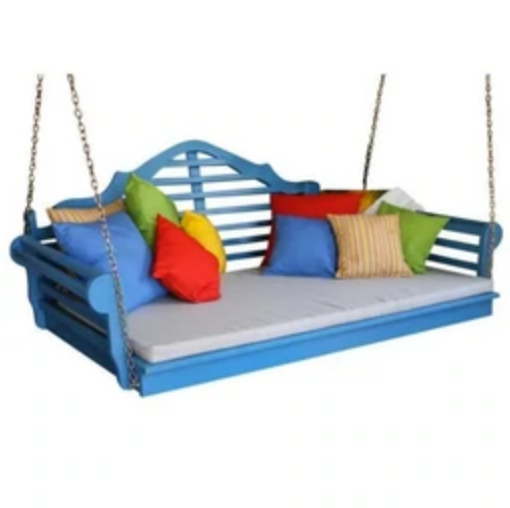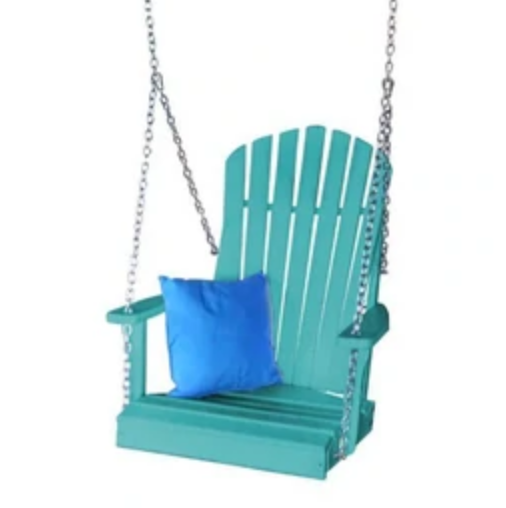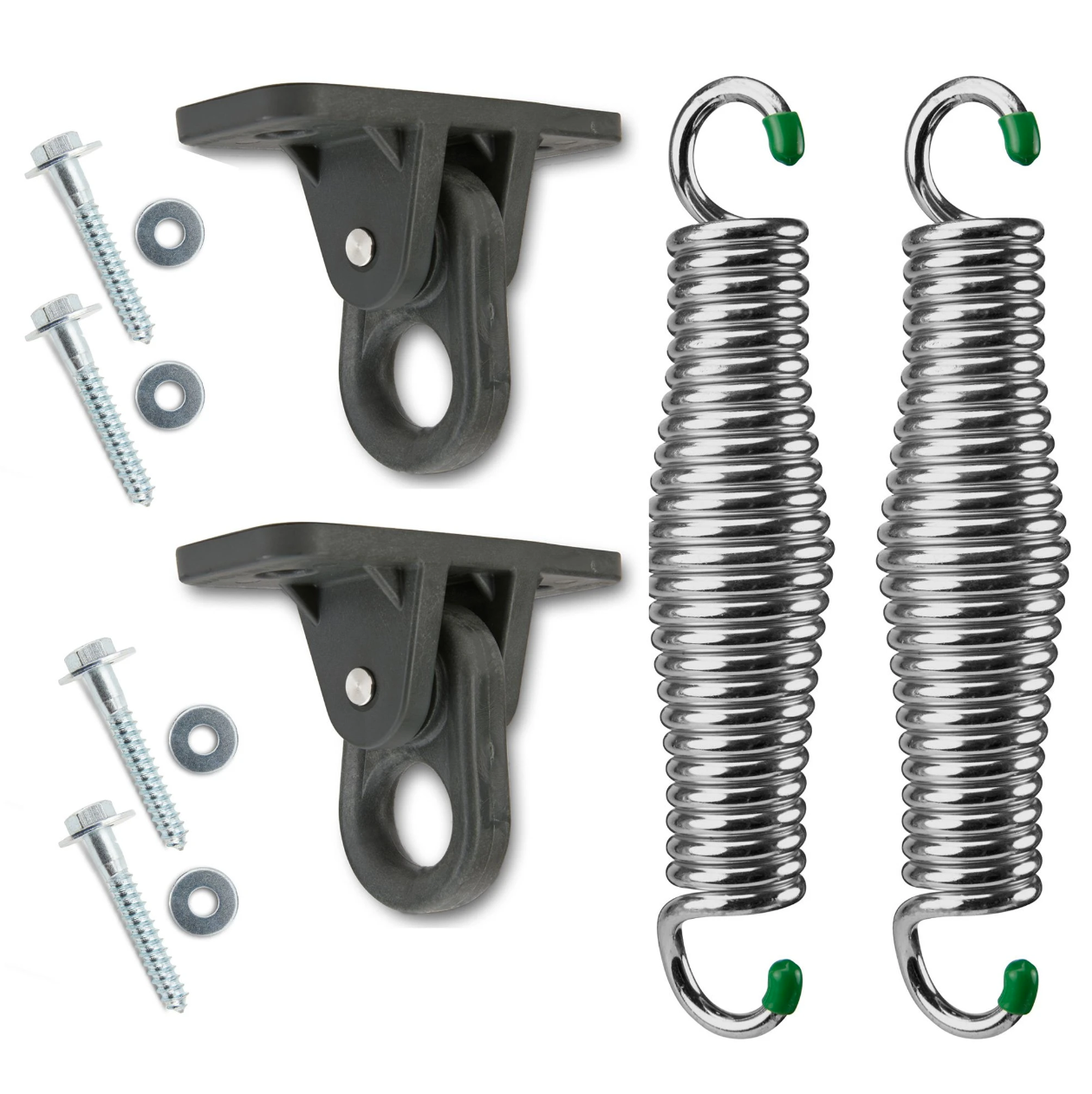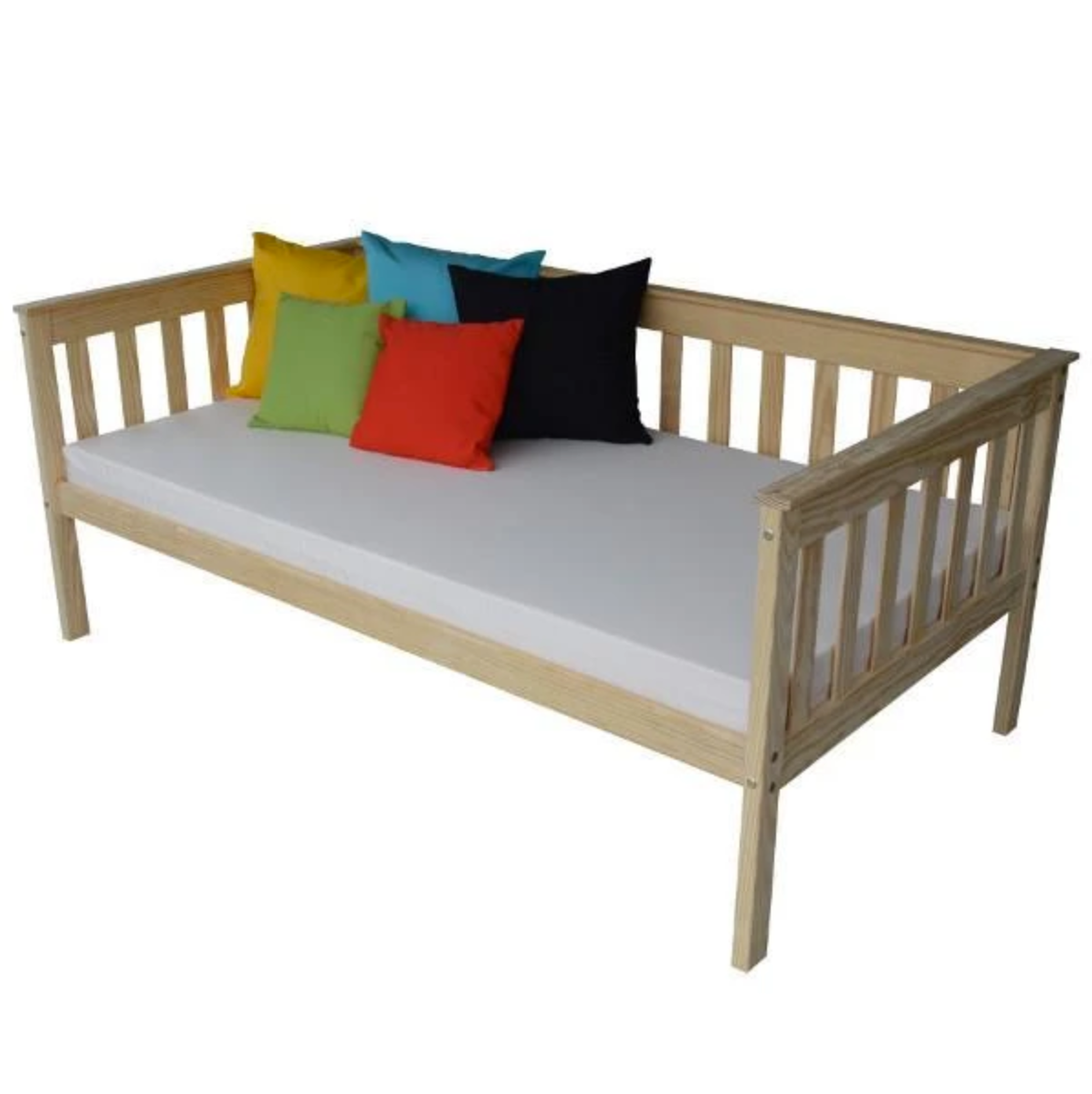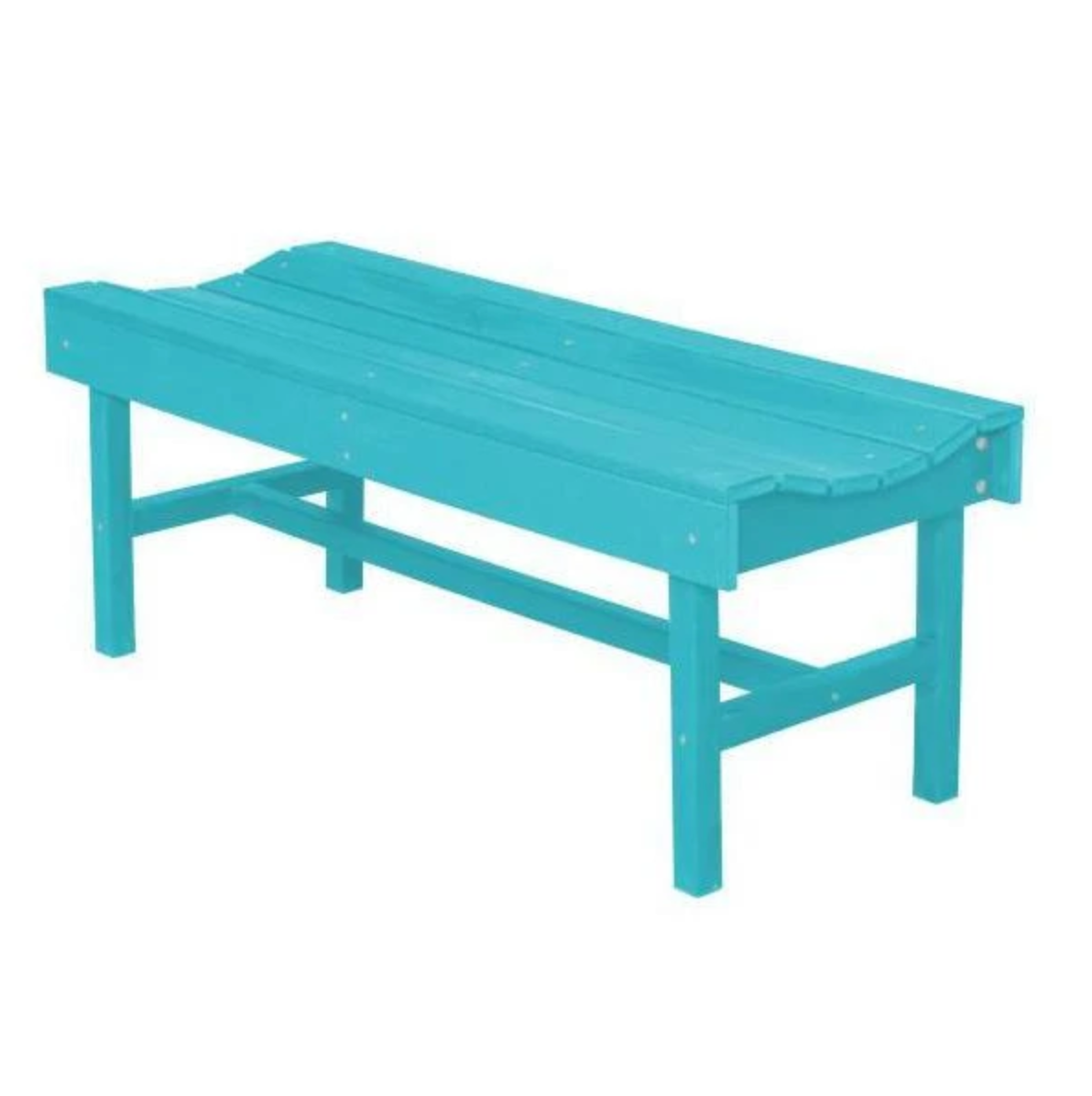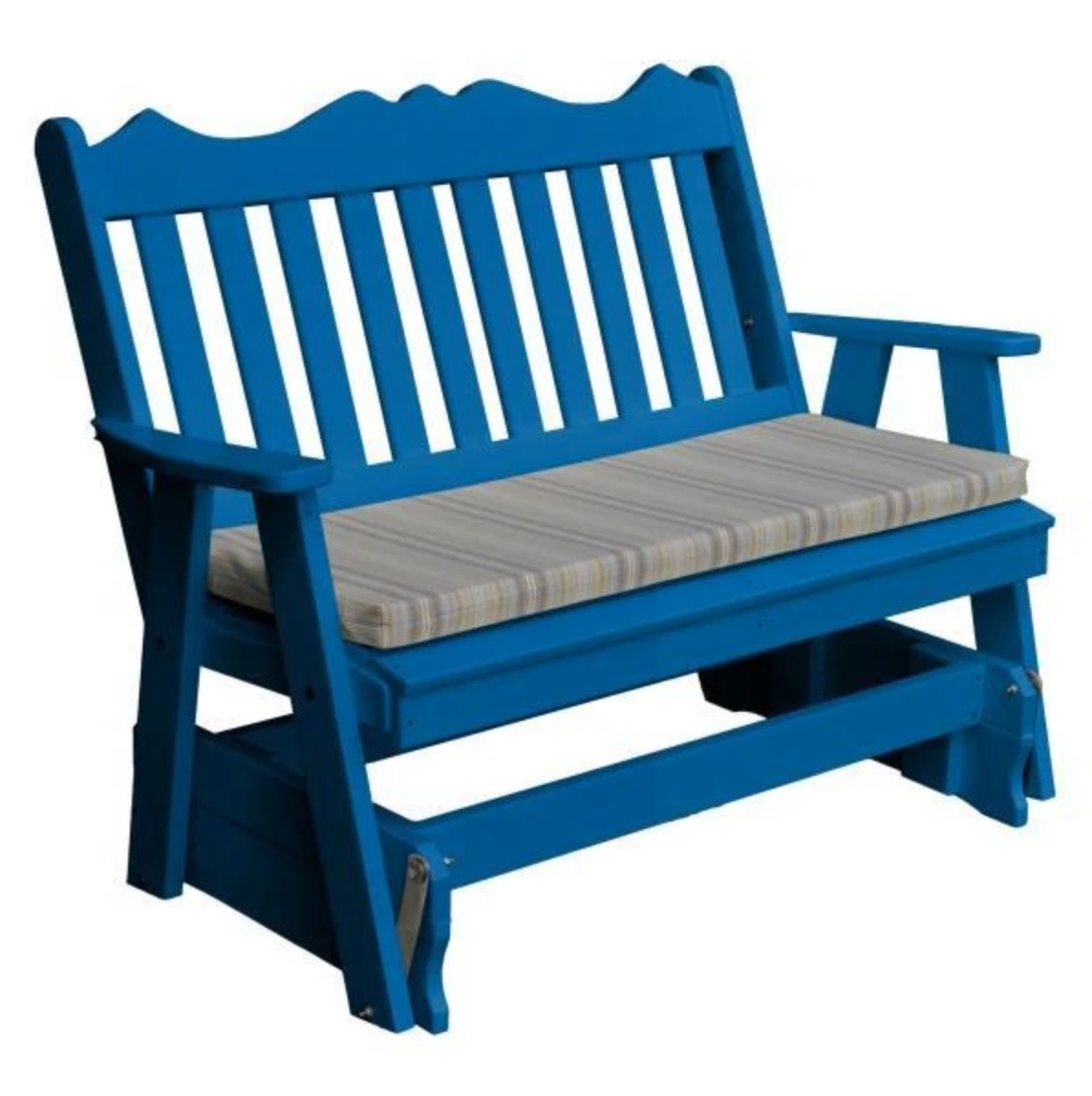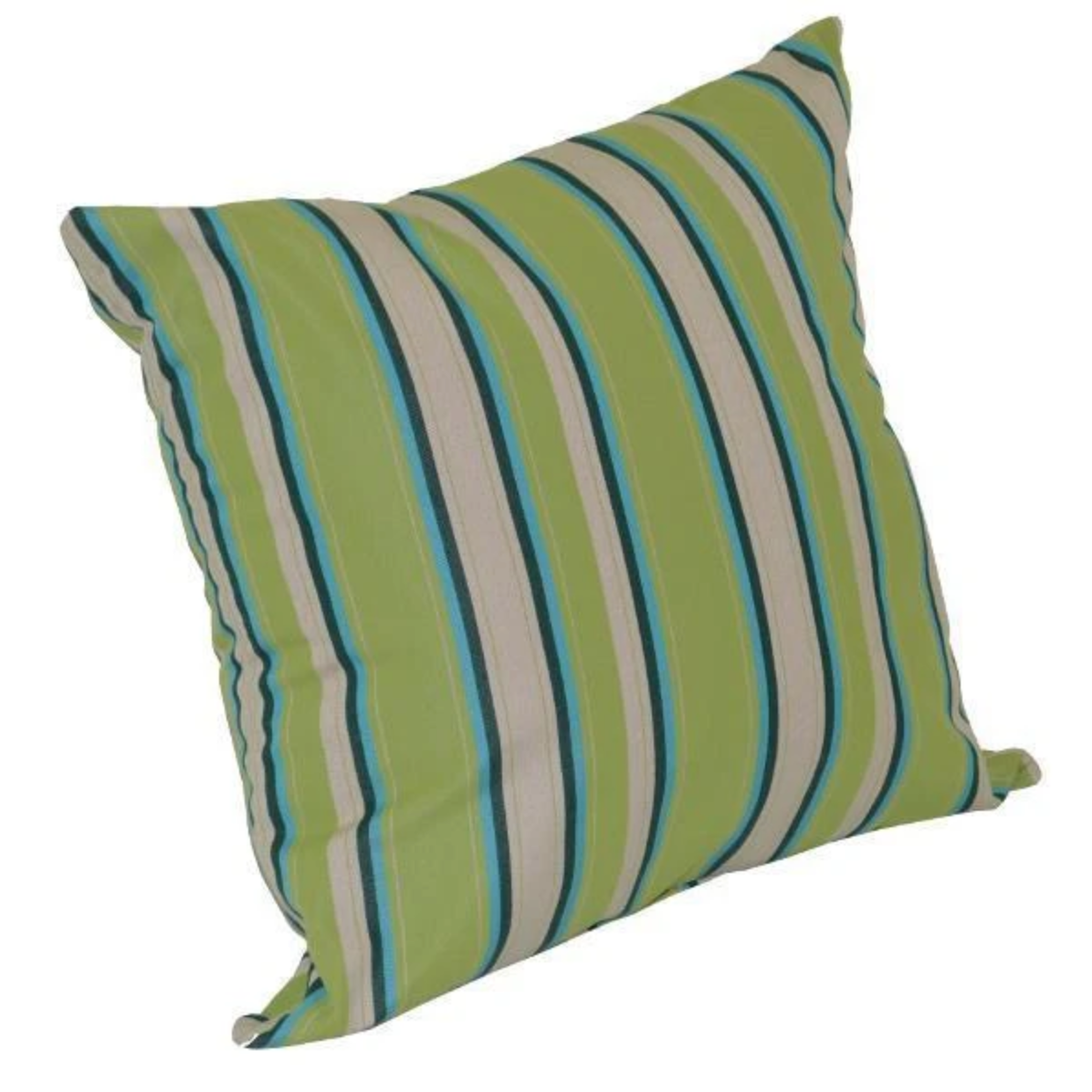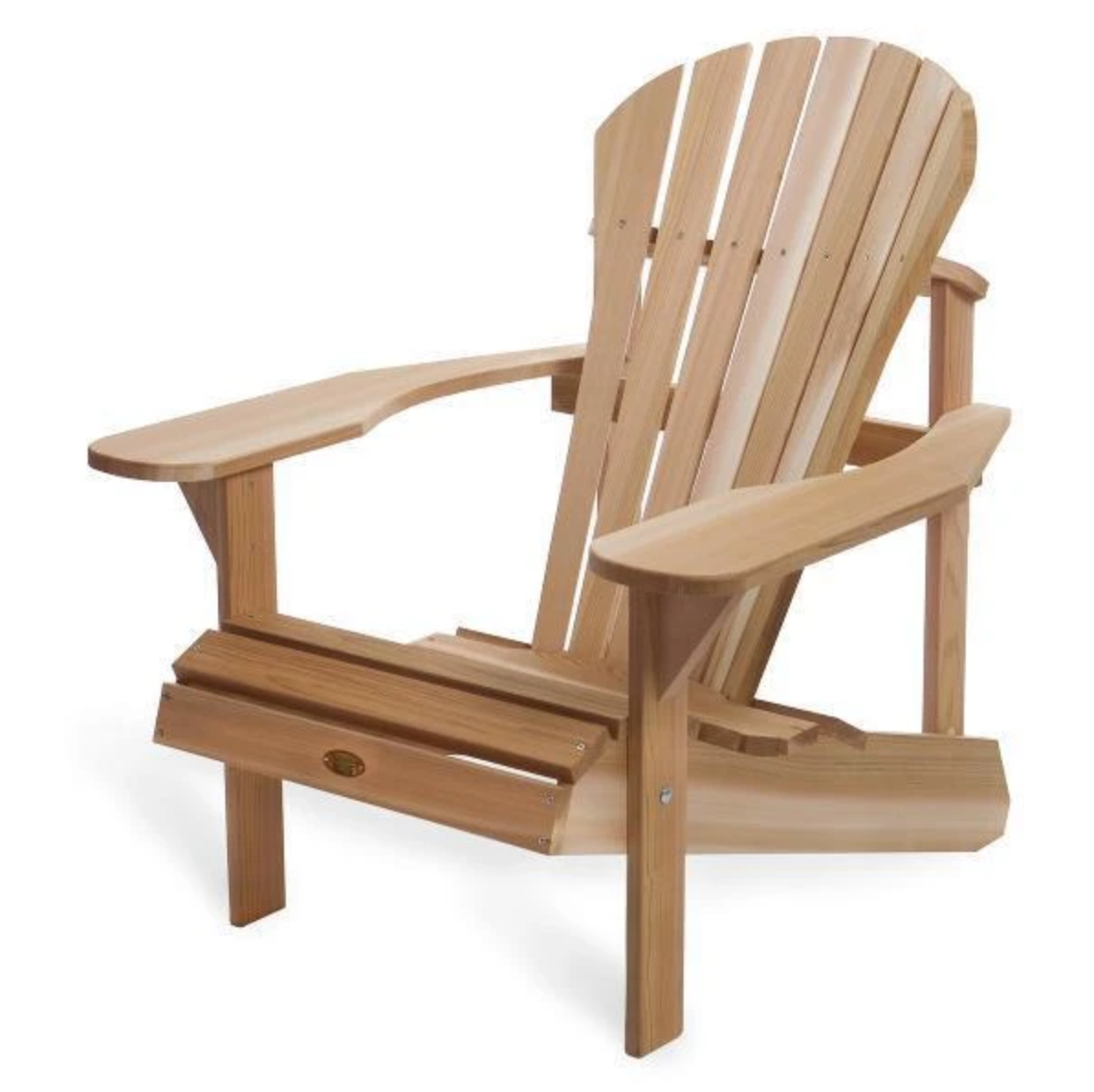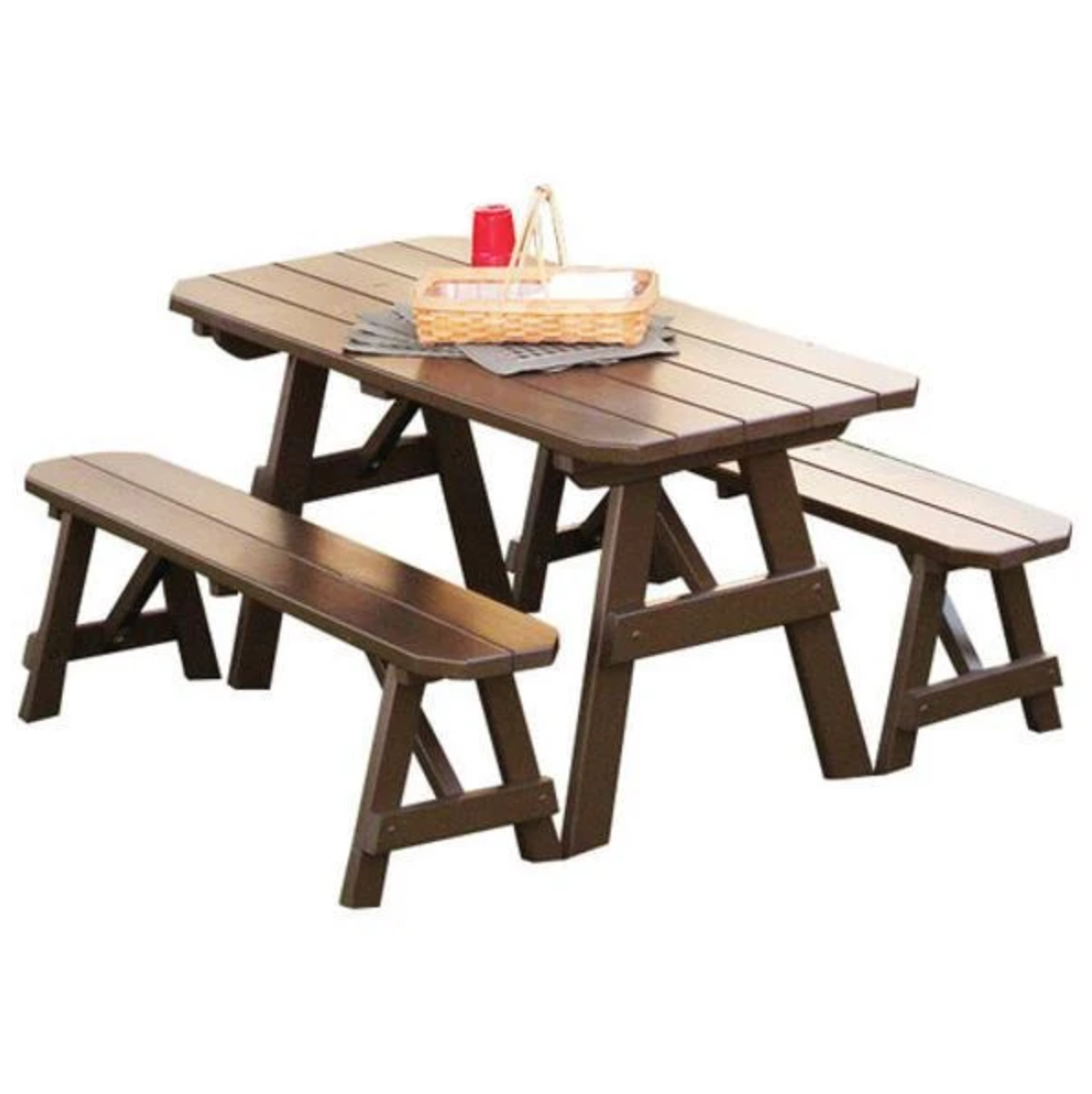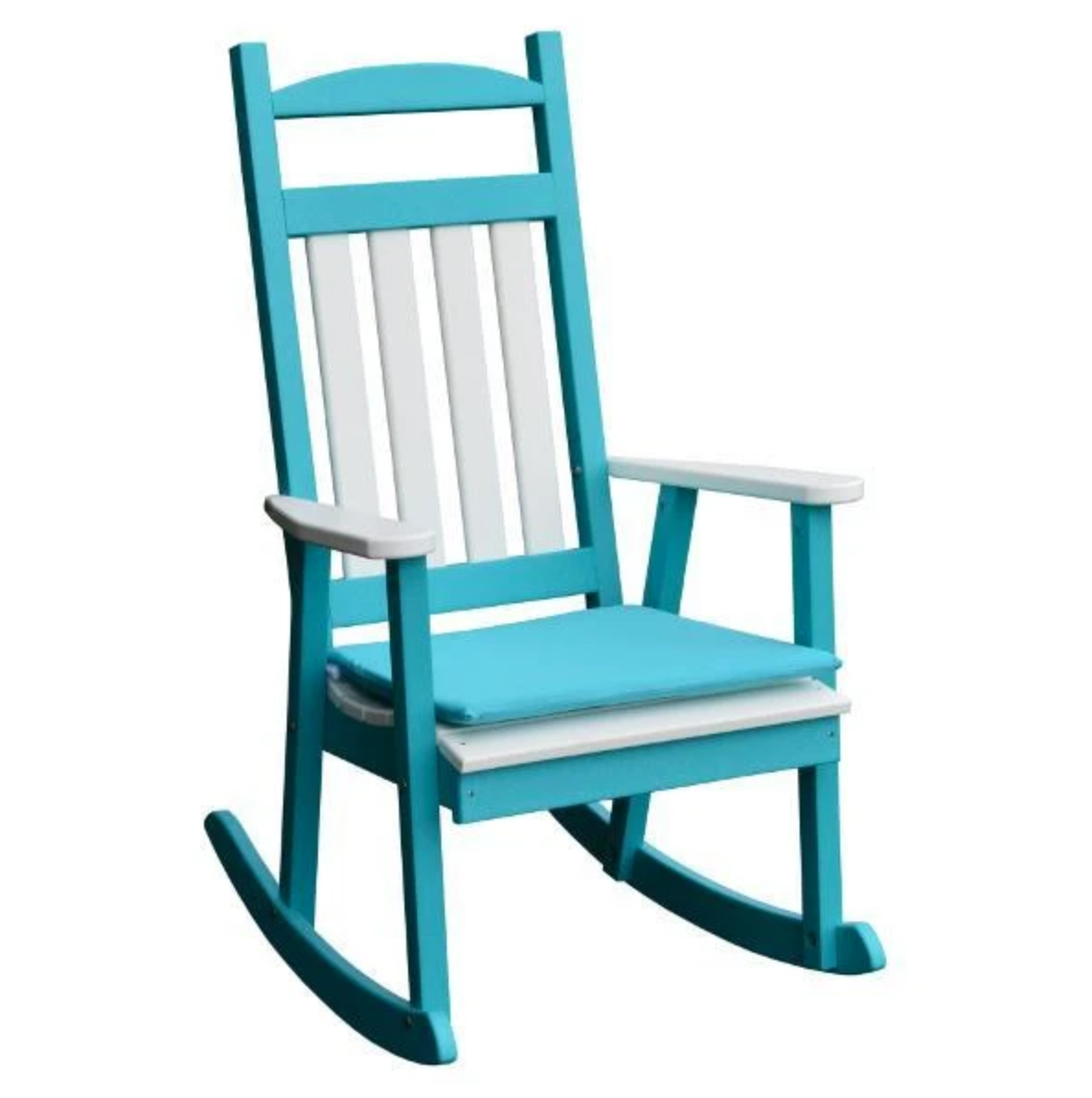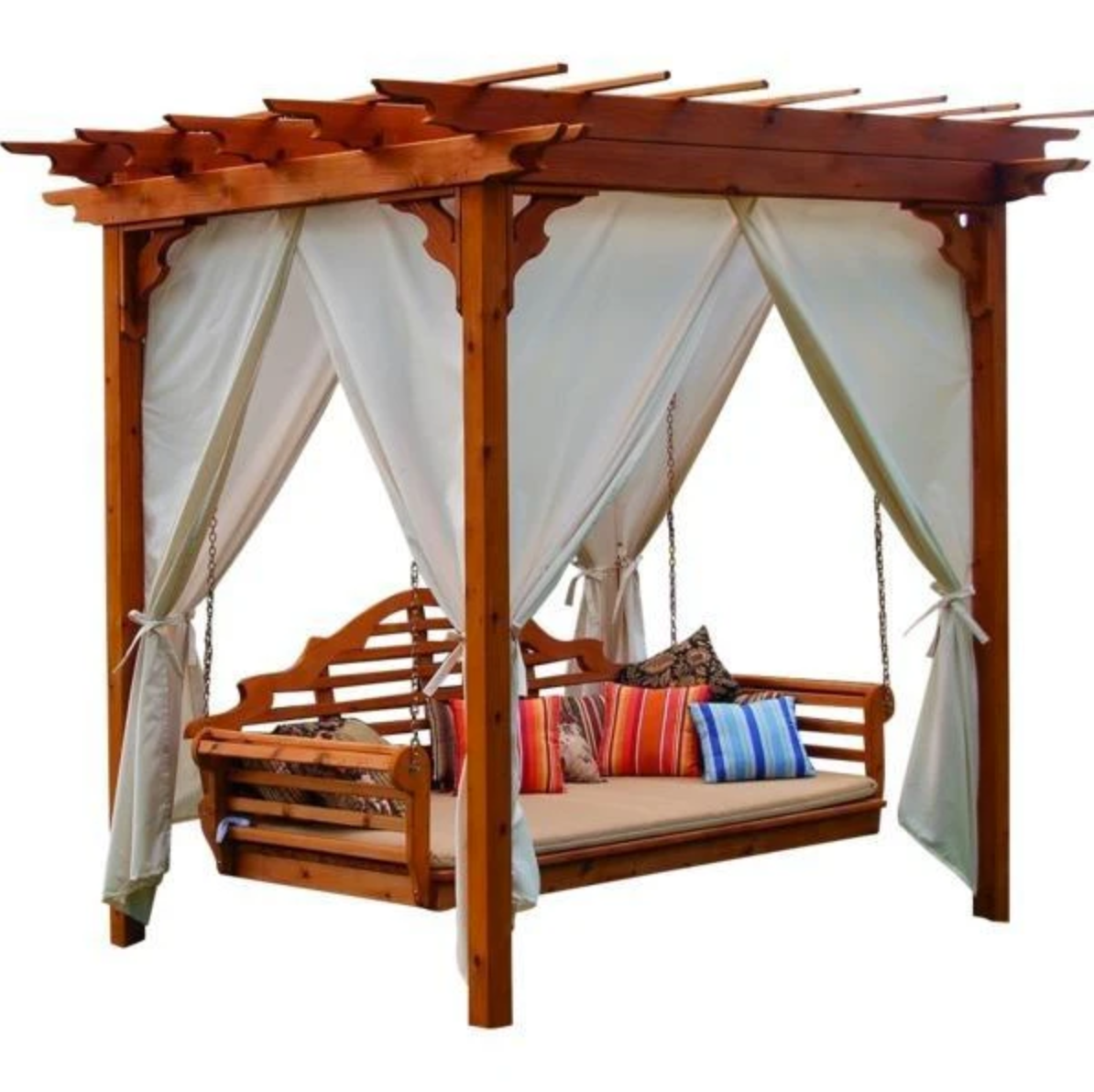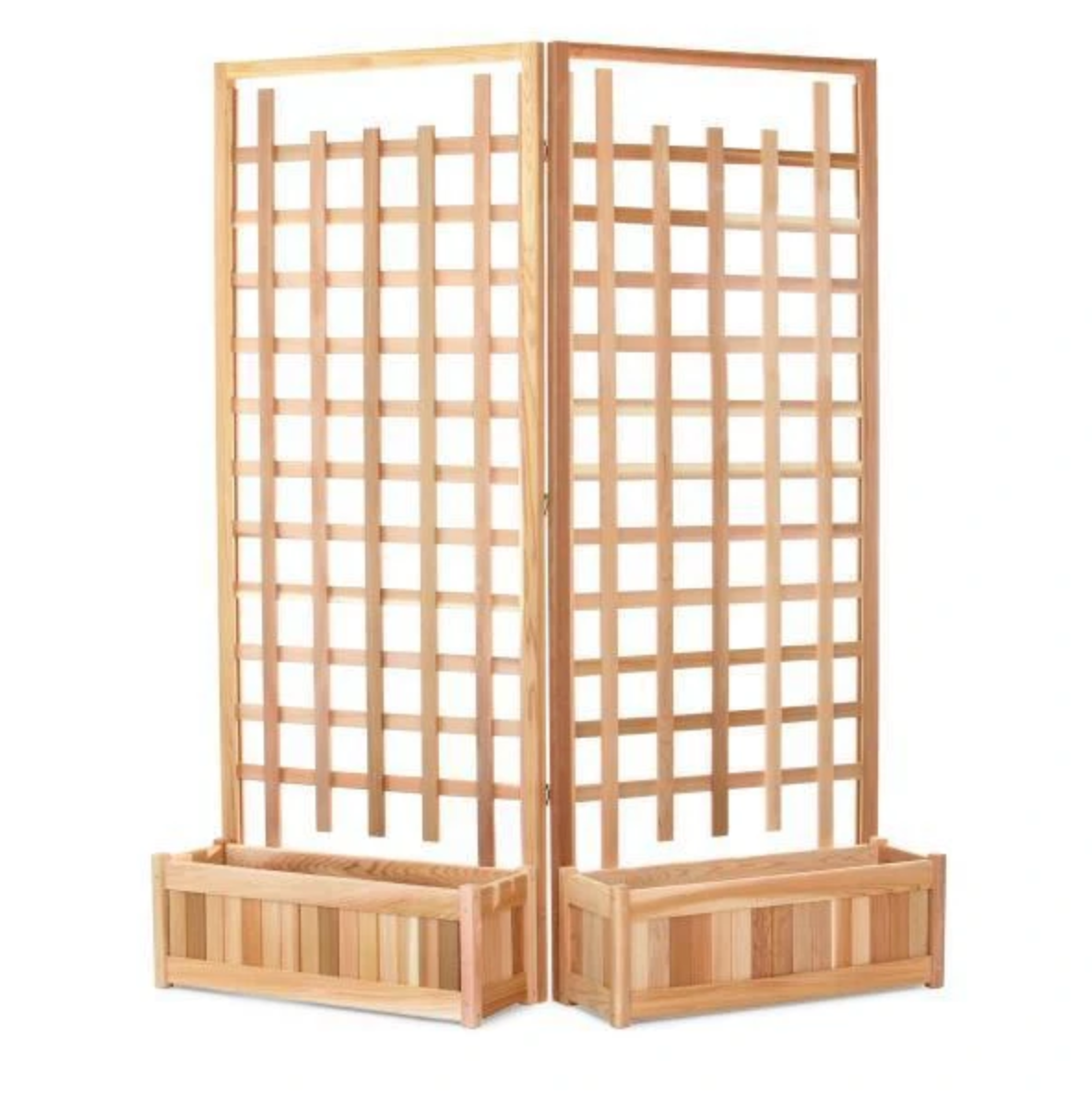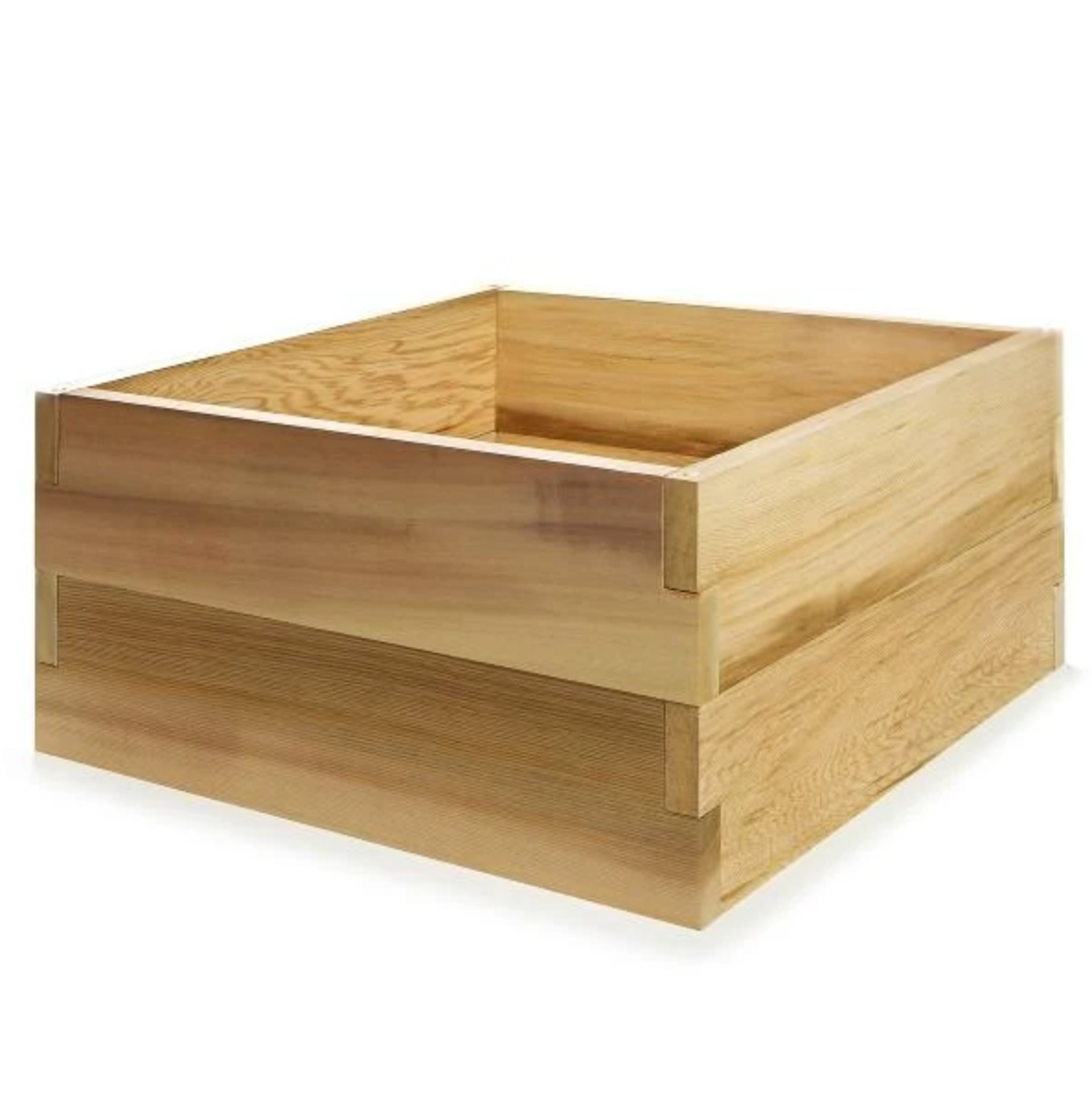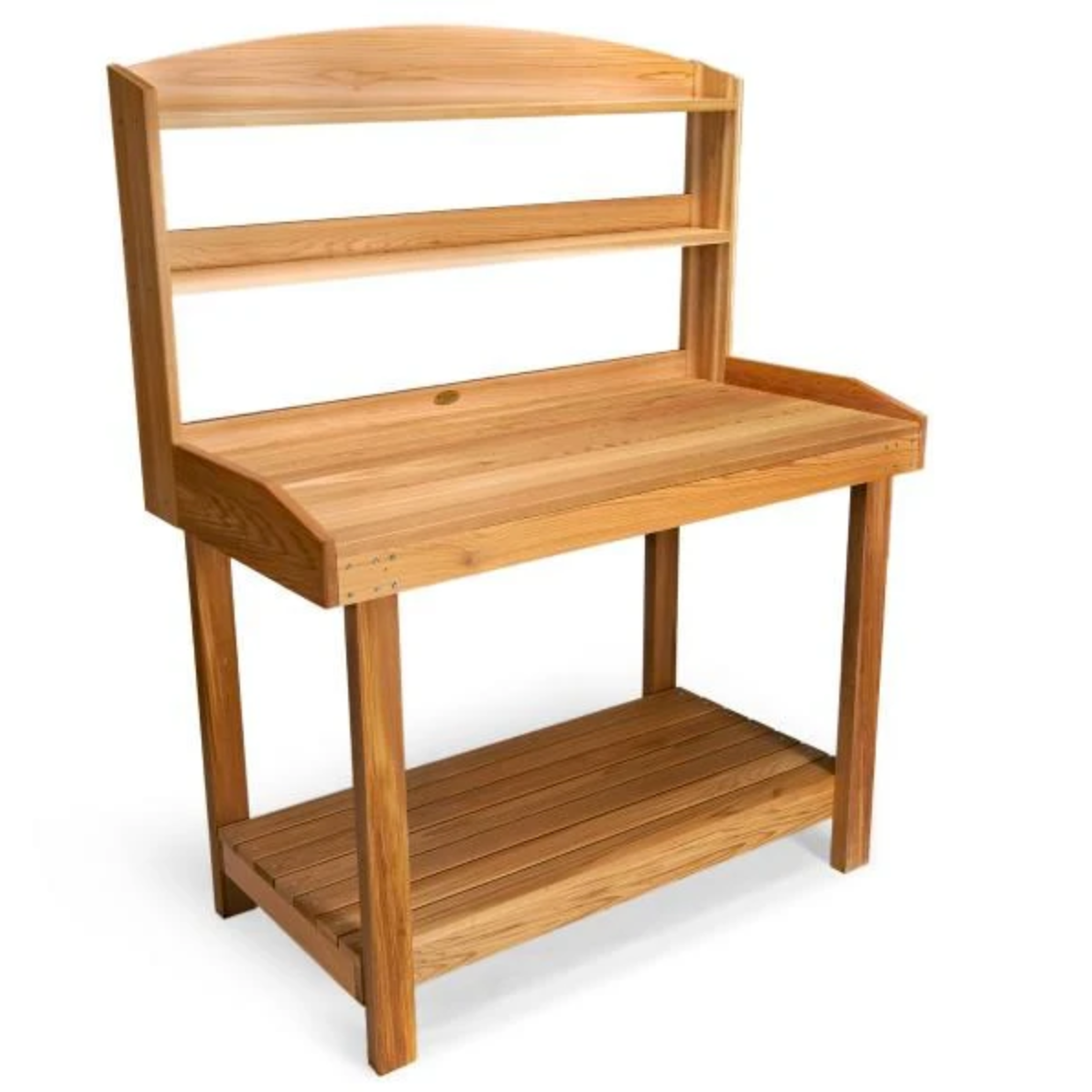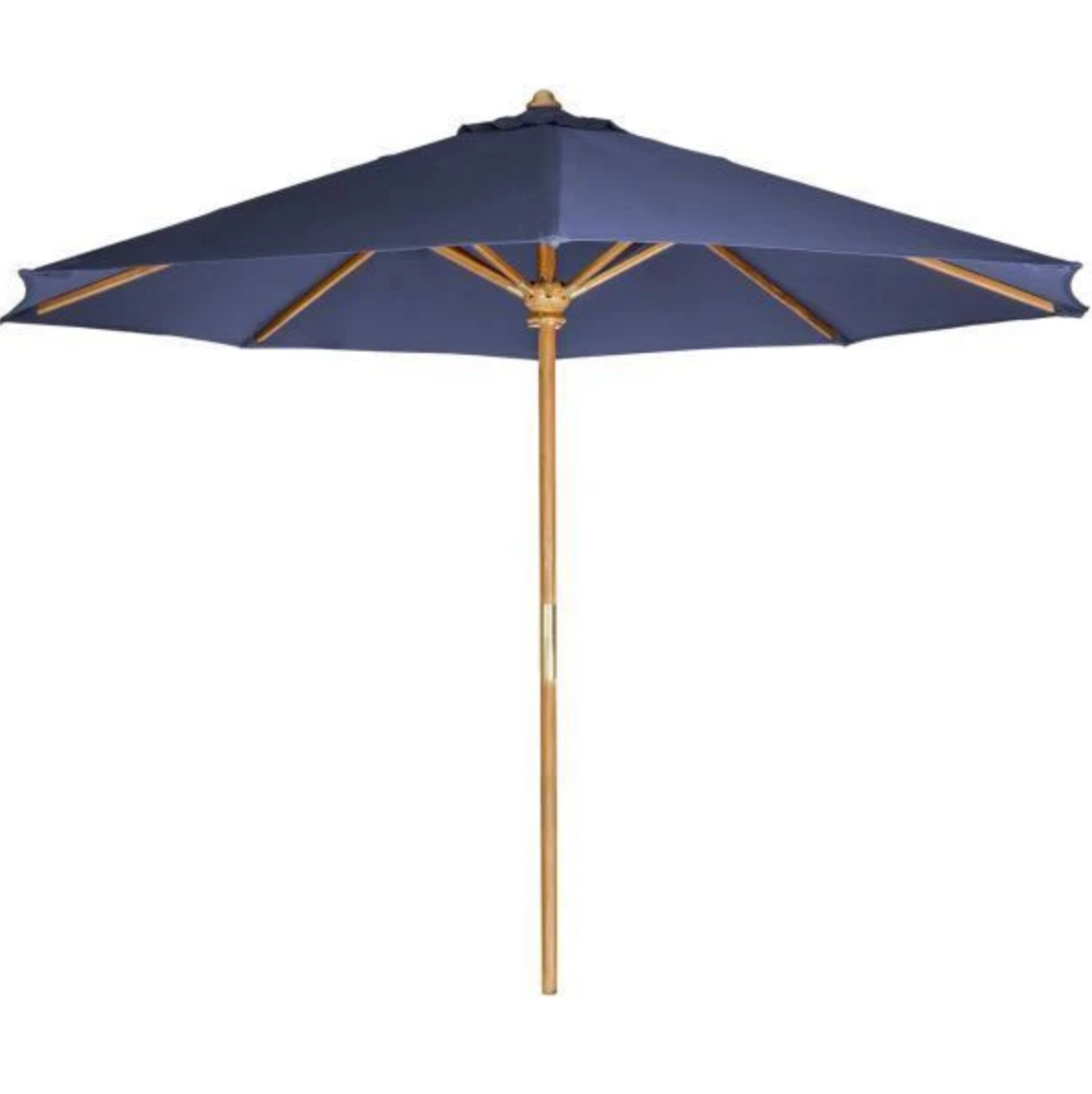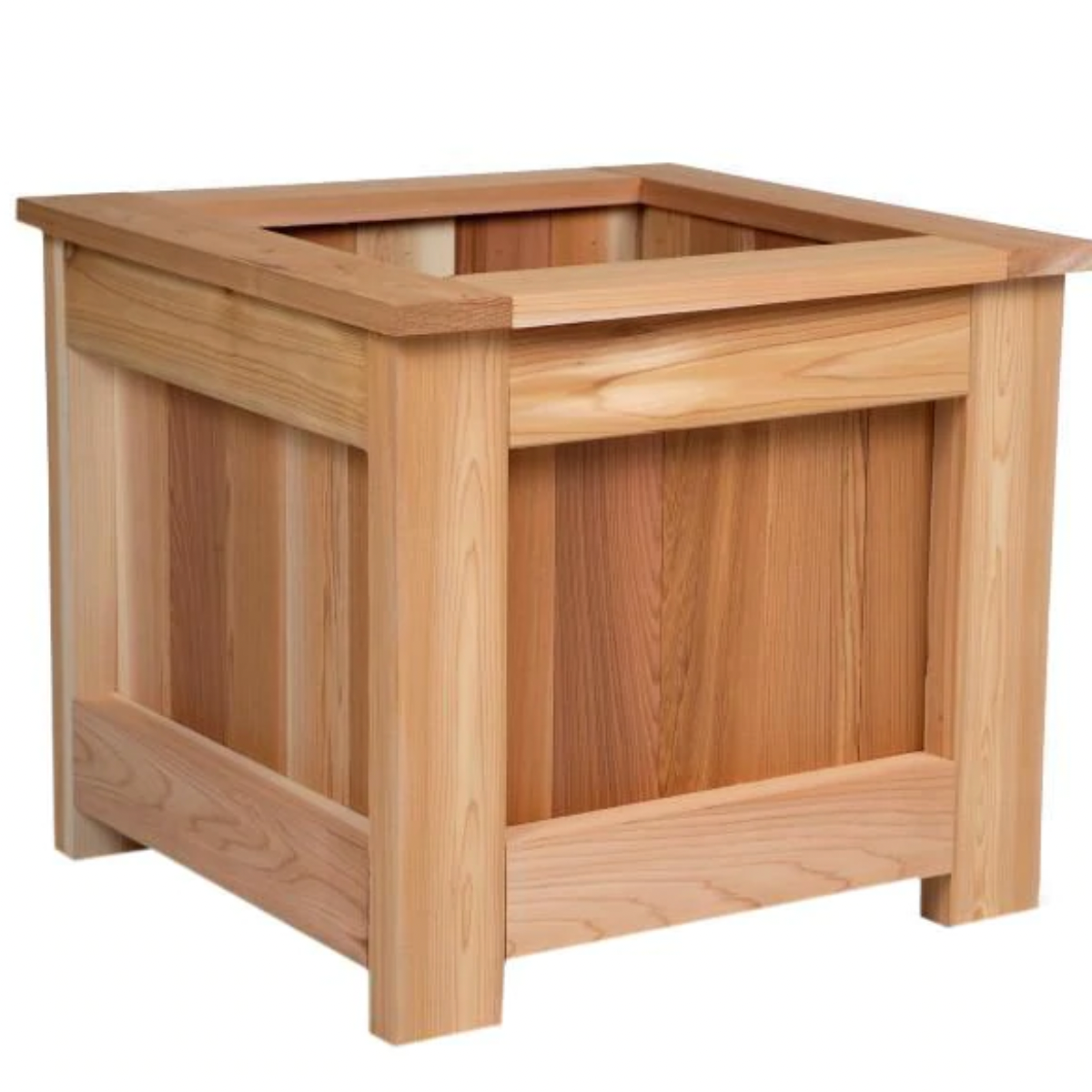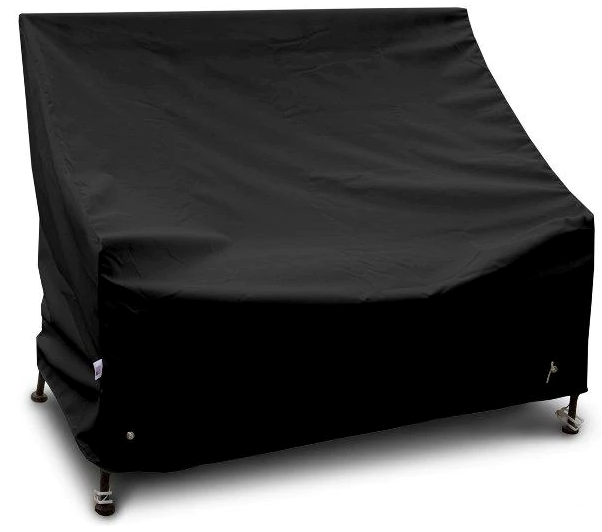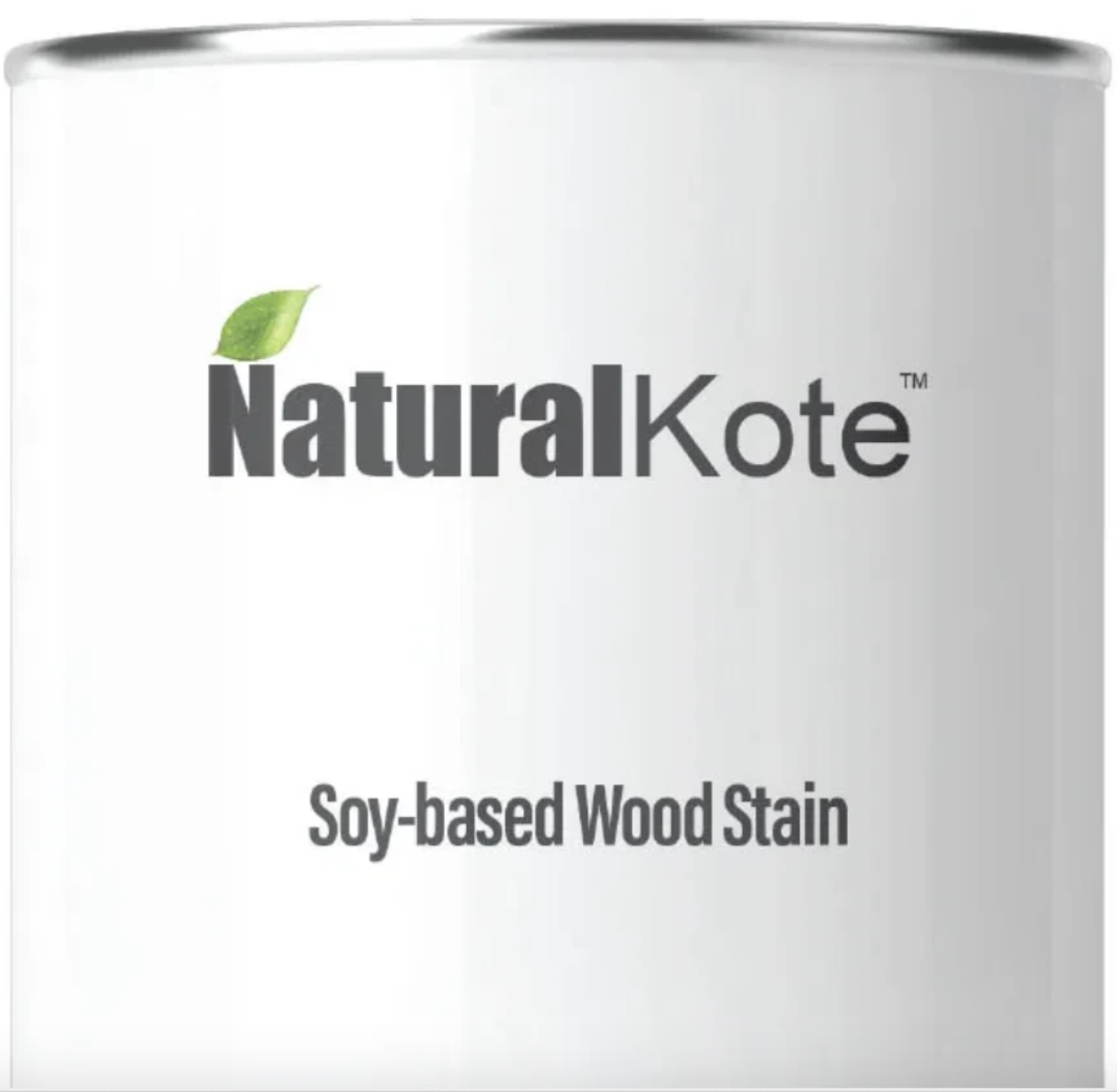Your Cart is Empty
Garden Bench
Seeking a peaceful spot to enjoy the tranquility of your landscape? Our Garden Bench collection is designed to harmonize with nature. These metal benches feature softer lines and decorative backrests—often incorporating latticework, floral motifs, or gentle curves—that perfectly frame a view or nestle among plantings. Made from durable, rust-resistant materials, these benches offer a charming, comfortable retreat for reading, contemplation, or simply soaking up the beauty of your garden.
Q1: What is the defining characteristic of a "Garden Bench," and how does it relate to the surrounding landscape?
A: A Garden Bench is characterized by its purpose: to provide a peaceful, unobtrusive resting spot that is designed toharmonize with and integrate into the natural environment of a yard or garden.
-
Defining Characteristic: They often feature rustic, curved, or classic designs (like latticework or simple slat backs) that rely on natural materials likecedar, teak, or dark metal to blend seamlessly with foliage and planting.
-
Role in Landscape: Unlike a porch bench (which is furniture for a structure), a garden bench is furniture for thespace. It is used to mark a scenic viewpoint, to provide a transition between different garden rooms, or to serve as a destination at the end of a long path.
Q2: What materials are favored for Garden Benches, and why are they ideal for placement on soft ground?
A: Materials that naturally resist ground moisture and rot are key for garden placements:
-
Cedar/Redwood: Highly favored for their natural resistance to insects and rot and their ability to be left untreated to weather to a gray patina, perfectly blending with the rustic garden setting. They are also lightweight, making them easier to move if the garden design changes.
-
Cast Iron/Heavy Metal: Provides classic English garden aesthetics and is immensely stable. The weight means they will not shift when placed on grass or uneven ground.
-
Ground Placement: If placing a wood bench directly on soil or grass, we strongly recommend puttingpatio stones, bricks, or metal foot caps under the legs. It prevents the wood from being in perpetual contact with damp soil, which is the fastest way to accelerate rot and decay.
Q3: What maintenance considerations are unique to a bench placed in a garden environment?
A: Garden benches face unique challenges from biological factors:
-
Mildew/Moss: Due to higher ambient moisture and shade from surrounding plants, garden benches are highly susceptible to mildew and moss growth. Regular cleaning (once or twice per season) with a specialized outdoor furniture cleaner or a mild bleach solution is essential.
-
Tree Sap/Pollen: Benches placed under trees are subject to falling sap, leaves, and heavy pollen. These need prompt cleaning to prevent staining or attracting pests.
-
Pest Damage: Wood benches (especially softwoods) are more exposed to soil-based insects. Ensure all wood is pressure-treated or naturally insect-resistant (such as cedar or teak), and regularly inspect it for signs of damage.
Q4: How should I choose the right size Garden Bench for my space?
A: Sizing is determined by purpose and visual scale:
-
Accent (2-3 Foot): Ideal for a small focal point, a solitary reading spot, or a short break along a narrow path. Visually, a small bench should not be overwhelmed by surrounding large plants.
-
Standard (4-5 Foot): The most popular size, offering comfortable seating for two and fitting well into most patios, patios, and outdoor rooms.
-
Communal (6+ Foot): Typically reserved for large lawns, open fields, or areas designed for entertaining, such as large fire pit surrounds or expansive view points. A large bench demands visual space.


